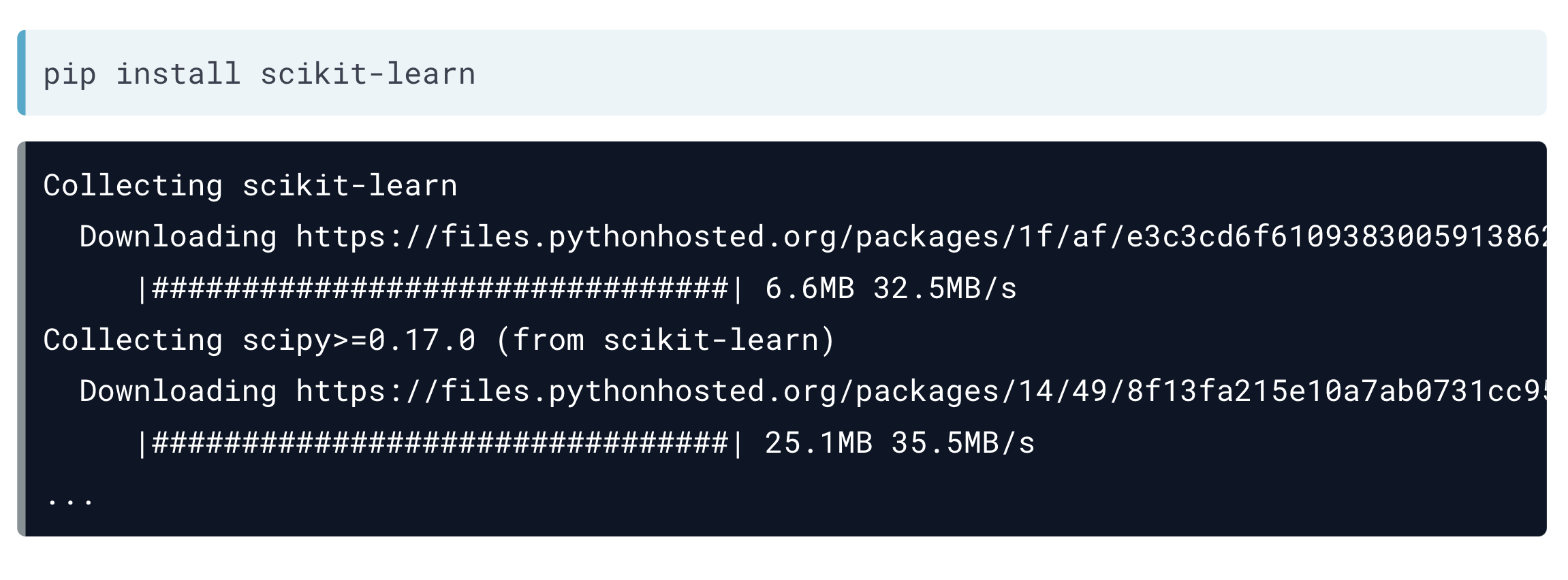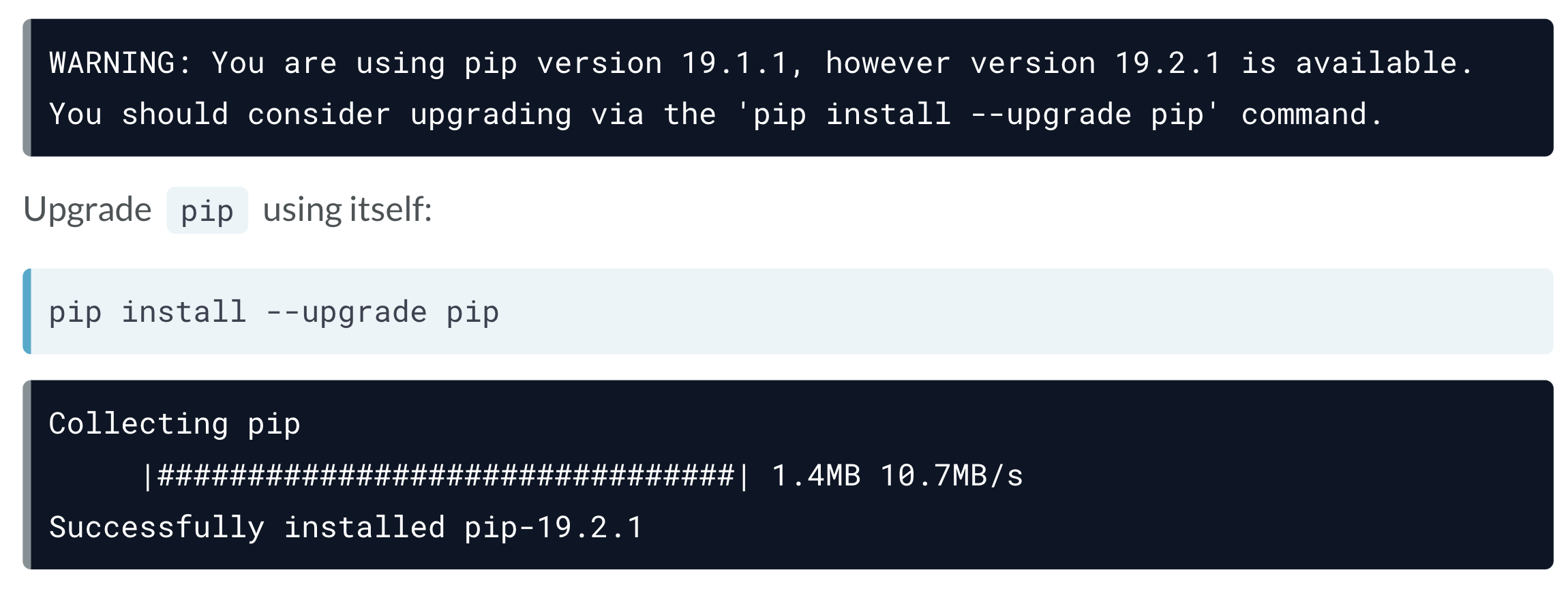

As was mentioned earlier, simplicity and readability are paramount. Why Python?ĭespite the increasing number of programming languages and development platforms available in the market today, there are some key factors that make Python stand out from the rest. It contains standards and libraries in fields, such as web development and data sciences. There are thousands of third-party modules available for it in the Python Package Index, also known as PyPI. The great thing about Python is that it's built on a solid and compact foundation at its core, but is extensible and can be adapted to various applications through the use of modules. It includes data structures, dynamic binding, and many other features that make it suitable for making complex applications, as well as serving as a "glue" of sorts to connect different components together. Today, it's hailed as a high-level general-purpose programming language used in the development of programs and a variety of other use cases, including web design and the creation of system scripts. The core philosophy behind its conception was that it was to serve as a programming language that is simple yet functional, complex yet fully understandable by everyone who uses it, and compact yet highly adaptable for various types of uses. 2010.Python was first conceived back in the late 1980s by Guido van Rossum at Centrum Wiskunde & Informatica (CWI) in the Netherlands. “ statsmodels: Econometric and statistical modeling with Please use following citation to cite statsmodels in scientific publications: Results._doc_ and results methods have their own docstrings. Have a look at dir(results) to see available results. Variable: y R-squared: 0.161 Model: OLS Adj.

summary ()) OLS Regression Results = Dep. fit () # Inspect the results In : print ( results. dot ( X, beta ) + e # Fit regression model In : results = sm. add_constant ( X ) In : beta = In : e = np.

In : import numpy as np In : import statsmodels.api as sm # Generate artificial data (2 regressors + constant) In : nobs = 100 In : X = np. You can also use numpy arrays instead of formulas: Standard Errors assume that the covariance matrix of the errors is correctly specified. Variable: Lottery R-squared: 0.348 Model: OLS Adj. ols ( 'Lottery ~ Literacy + np.log(Pop1831)', data = dat ). data # Fit regression model (using the natural log of one of the regressors) In : results = smf. In : import numpy as np In : import statsmodels.api as sm In : import as smf # Load data In : dat = sm.


 0 kommentar(er)
0 kommentar(er)
